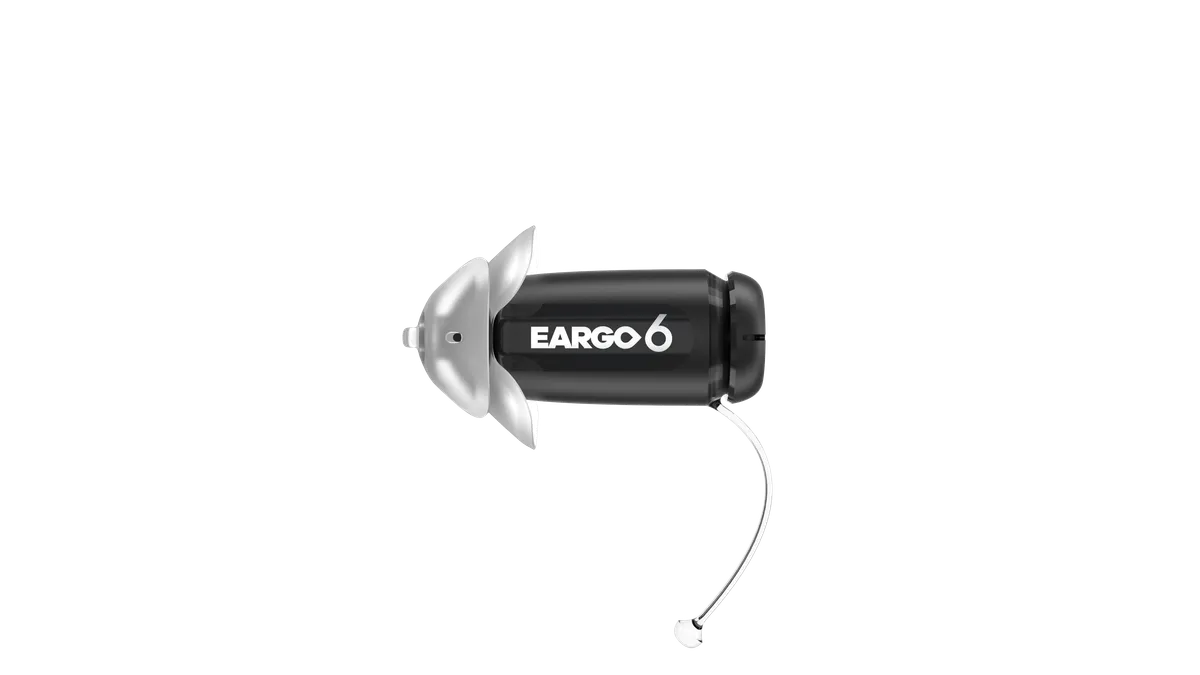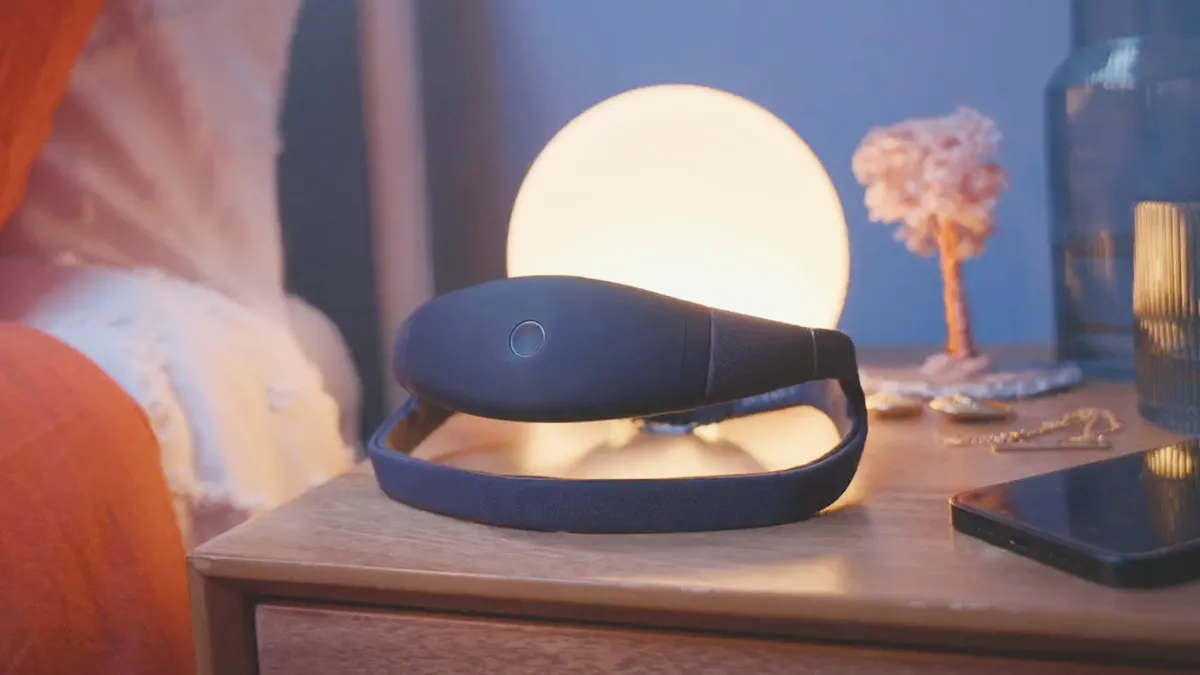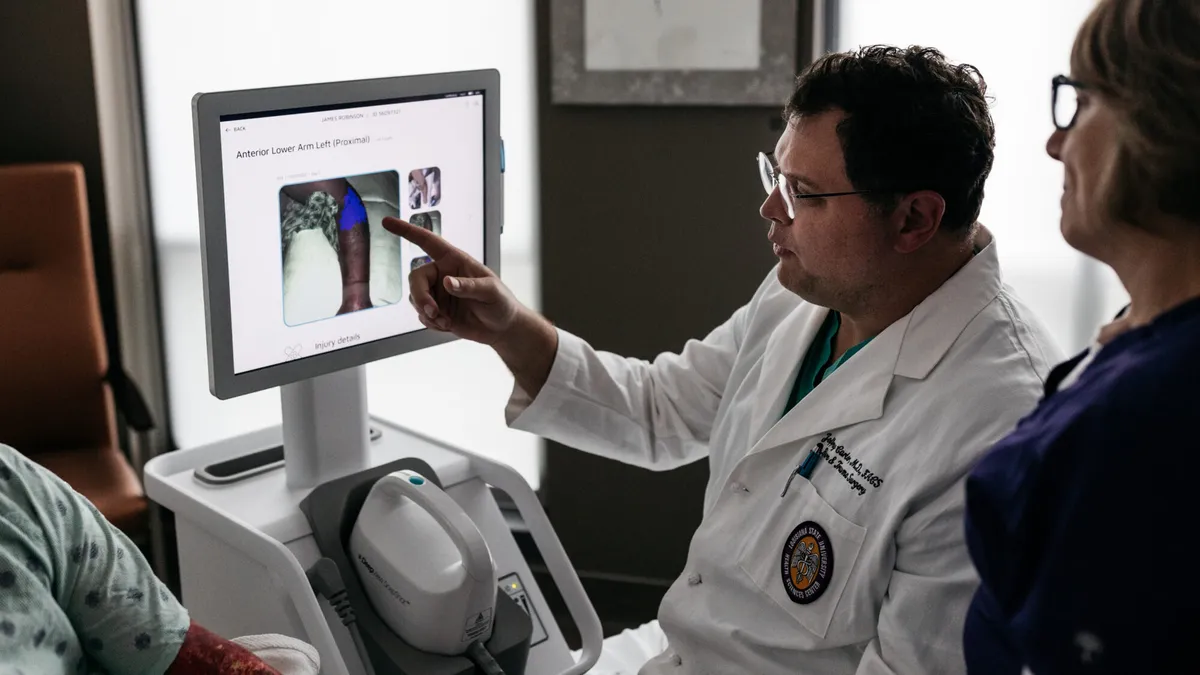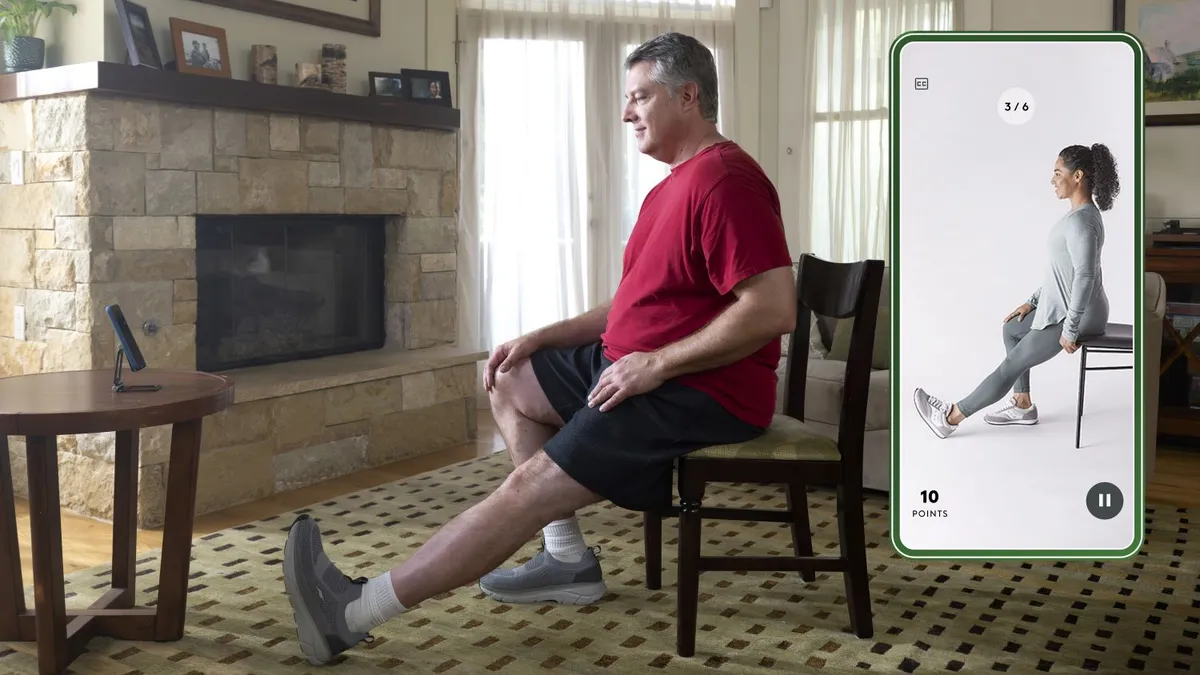FDA has awarded breakthrough device designations to another set of investigational products, with the latest batch of statuses featuring a clutch of oncology devices and diagnostics.
Viome received the designation for a product designed to diagnose oral and throat cancer in saliva samples. The AI-powered diagnostic analyzes messenger RNA in saliva samples to generate insights into gene expression. In doing so, Viome is aiming to create a screening test that improves on current approaches to the diagnosis of oral and throat cancer that rely on the subjective assessments of primary care physicians.
FDA also granted the breakthrough regulatory privileges to DermaSensor. The device is designed to help primary care providers detect skin cancer. Healthcare providers apply the tip of the device to a lesion that they suspect may be cancerous. The device sends out light and captures the wavelengths that bounce back off the skin. By putting the rebounded light through a machine learning algorithm, the device determines if the lesion is likely to be cancerous. DermaSensor, which already has a CE mark, expects to introduce the device in the U.S. "soon."
OncoRes Medical landed a breakthrough designation for its own cancer detecting device, the Quantitative Micro-Elastography (QME) Imaging System. The Australian medtech company is developing the device to reduce the need for re-excision surgeries to remove breast cancer tissue missed in the initial procedure. After removing the main tumor during breast conserving surgery, the physician uses the handheld QME probe to check if other regions are cancerous. The device detects cancer by using light to identify differences in tissue stiffness characteristic of cancerous cells.
The final cancer breakthrough designation awarded recently by FDA covers an Avenda Health device for use in the treatment of prostate cancer. University of California, Los Angeles-spinout Avenda is using a laser, a proprietary optical and thermal sensor and an AI-based margin prediction algorithm to ablate prostate tumors without impacting significantly on healthy tissue. The device is designed to enable the treatment of localized prostate cancer in a urologist's office under local anesthesia.
FDA also recently awarded breakthrough device designations to two cardiovascular products. Varian, now part of Siemens Healthineers, received the status for a cardiac radioablation system that is in development as a treatment for refractory ventricular tachycardia. The cardiovascular disease is already treated with ablation but Varian is aiming to improve on those approaches by enabling the noninvasive targeting and delivery of ablative energy across the full thickness of the myocardium.
The other recent FDA cardiovascular disease breakthrough designation went to Micro Interventional Devices (MID). FDA awarded the status to the MIA-T Percutaneous Tricuspid Annuloplasty System for use in the treatment of moderate-severe tricuspid regurgitation via a 12F catheter-based system. MID is developing the device to enable surgeons to perform tricuspid valve repair procedures using minimally invasive and percutaneous techniques. A pivotal U.S. clinical trial is scheduled to start by the end of the year.
Two companies received breakthrough designations for central nervous system devices. FDA awarded breakthrough status to Woebot Health for its digital therapeutic treatment for postpartum depression. The treatment, codenamed WB001, consists of eight weeks of cognitive behavioral therapy (CBT) and interpersonal psychotherapy (IPT) delivered via the patient's smartphone. CBT and IPT are already recommended for the treatment of postpartum depression but only a fraction of the women with the condition receive treatment. Woebot designed WB001 to reduce barriers to care.
Unity HA received breakthrough device designation for its Pulsante SPG Microstimulator System. The device is designed to treat acute pain caused by chronic cluster headaches through a battery-free implant and external controller that provide on-demand stimulation of the sphenopalatine ganglion. In a 93-patient clinical trial, the delivery of stimulation was associated with an increased rate of pain relief 15 minutes after the start of treatment for the attack.
Finally, FDA granted breakthrough designations to Essilor and Intelligent Implants. Essilor picked up the designation for a spectacle lens that is designed to slow the progression of myopia in children. The lens, Essilor Stellest, consists of aspherical lenslets on 11 rings that create "a volume of signal that slows down the elongation of the eye." Essilor linked the device to a 60% slowdown in myopia progression at one year in a clinical trial.
Intelligent Implants received breakthrough device designation for its SmartFuse wirelessly enabled orthopedic implants. The smart features of the implant enable the remote stimulation, control and monitoring of bone growth. Intelligent Implants is initially targeting the lumbar spine fusion market.


















